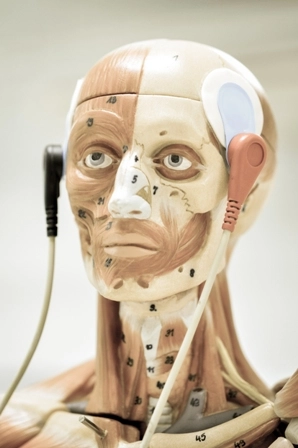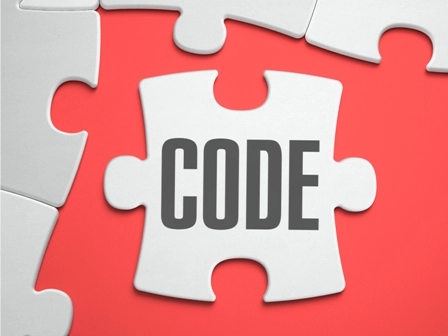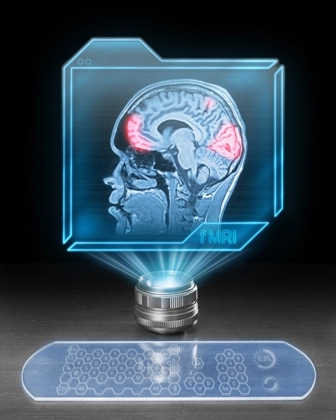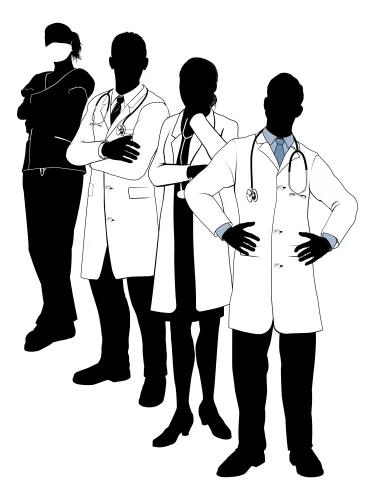Work Your Way Around 97112 and 97102 Denials

Question: We usually bill 97112 and 97012 in addition to the chiropractic spinal manipulation codes 98940-98942. However, codes other than CMT are getting denied. Could you help me know why this is happening?
Texas Subscriber
Answer: The easiest and fastest way to determine why you might be receiving denials on these services is to look into the denial code on each EOB next to each denied service. These denials codes are explained in a key provided at the bottom or on the back side of the EOB. You can always call the payers directly and inquire. Here are some more possibilities you may wish to look into.
1. Did you mention appropriate primary and secondary diagnosis to justify medical necessity of your services?
2. Find out if there has been a change in the coverage policies, and whether the codes are still covered. At times policies change on a short notice and your practice may not take note.
3. The services you have described above include both “active” and “passive” procedures. In short, an active procedure is one that requires the patient to be physically involved and participating, whereas a passive procedure does not require the patient to be physically and actively involved. Active describes something the patient is doing him/herself (at least partially). Passive is something that’s being done to the patient. Code 97012 (Application of a modality to 1 or more areas; traction, mechanical) is a passive therapy; 97112 (Therapeutic procedure, 1 or more areas, each 15 minutes; neuromuscular reeducation of movement, balance, coordination, kinesthetic sense, posture, and/or proprioception for sitting and/or standing activities) is active therapy.
Both active and passive therapies are generally only expected to be submitted together during the transition phase of care where the patient is progressing from the acute and corrective stage into the rehabilitative phase of treatment. If you are routinely billing both active and passive therapies on patient visits, one of these services may not be justifiable as medically necessary.




